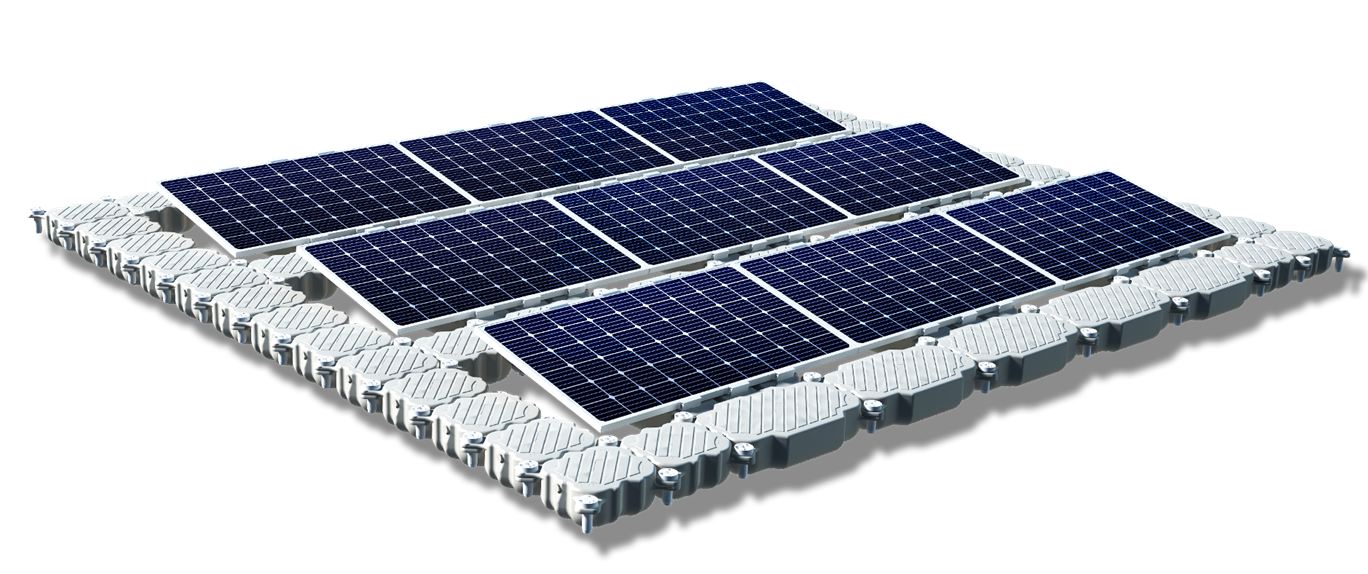

The McDonald Observatory at the University of Texas at Austin features an activity to help students in grades K-5 understand the objects they see in the night sky with this activity that features constellations. The child holding the Uranus model will take 50 steps in the same direction as Neptune.Ĭontinuing to follow the same path, Saturn will take 25 steps, Jupiter will take 13, Mars will take 4 steps, Earth will take 3 steps, Venus will take 2, and, finally, Mercury will take only 1 step. For example, the student representing Neptune should take 78 steps away from you. Give each student (or group of students) a planet, and instruct them to take a certain number of steps away from you, representing the true distance of that planet from the Sun. The teacher should play the role of the Sun. For your model, one step will equal 36 million miles! You may need to explain the concept of a scale model. Enable your students to visualize the enormity of space by creating a scale model of our solar system.Įxplain to the students that you’re going to make a human scale model of the solar system. Warn them to be careful not to get too dizzy!Īnother abstract concept that is difficult for children to understand is the vastness of space. Then, the children representing the planets will be instructed to turn in circles as they walk their orbit lines to represent the rotation of their planets. Eight other children will be assigned different plants and stand on the line representing their planet’s orbit.Įach child will walk his or her orbit line around the sun as a teacher explains the concepts of orbit and revolution. One child will hold the yellow punch balloon and stand in the center representing the sun. Using a large, open area such as the gym or an outdoor location, mark the orbits of each of the planets with string or chalk.

Use a large punch balloon to represent the sun and balloons of eight different colors to represent the planets. It also provides a hands-on demonstration of the terms revolution, rotation, and orbit.įirst, students should create models of the planets using balloons. This activity from the American Institute of Aeronautics and Astronautics helps children in grades 2 and 3 understand how planets orbit around the Sun.


 0 kommentar(er)
0 kommentar(er)
